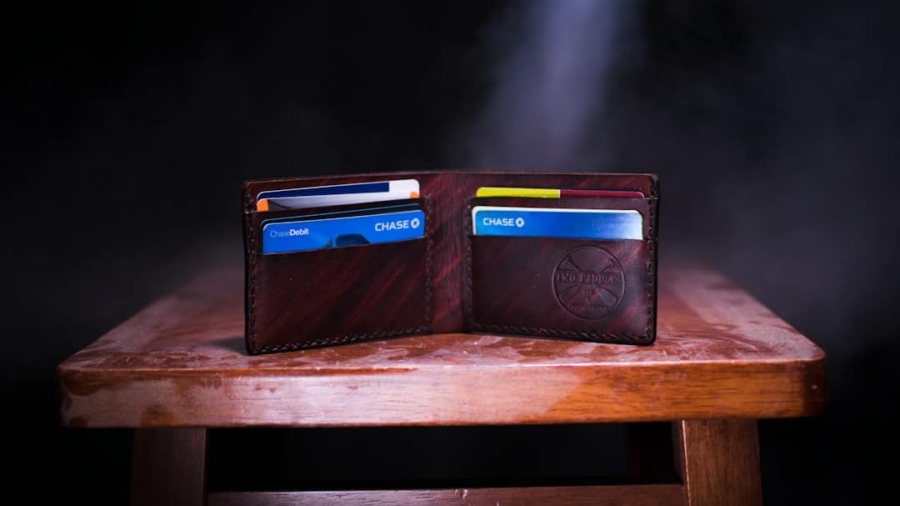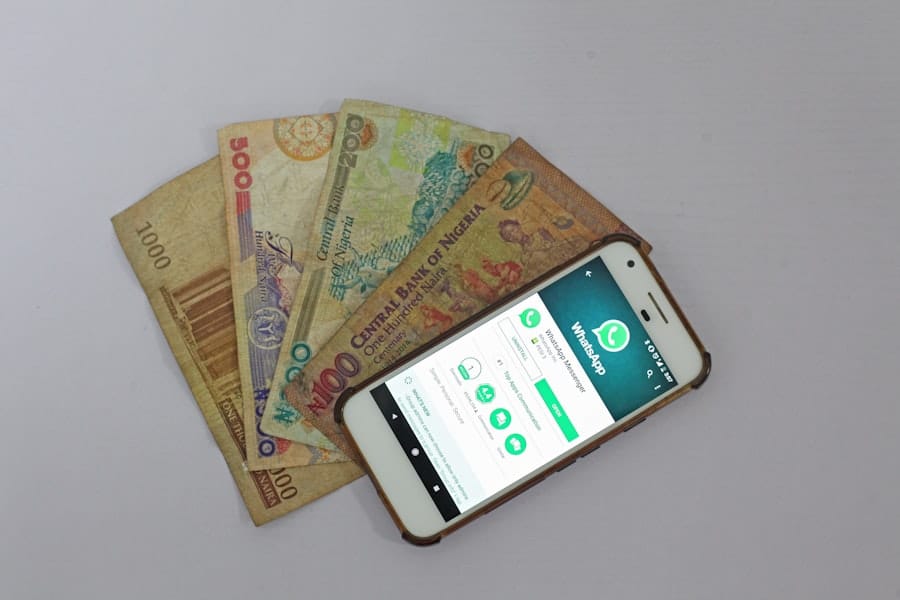In the rapidly evolving landscape of video gaming, the concept of in-game assets has gained significant traction. These assets, which can range from virtual currencies and character skins to weapons and land in virtual worlds, are integral to the gaming experience. Traditionally, players have engaged with these assets in a manner akin to renting; they can use them while playing but do not truly own them.
This lack of ownership has led to a growing demand for a system that allows players to possess their in-game items in a way that is verifiable and secure. The advent of digital ownership through blockchain technology presents a revolutionary shift in how players interact with their virtual possessions. Digital ownership refers to the ability of players to own, trade, and sell their in-game assets as they see fit, much like physical property.
This paradigm shift is not merely about possession; it encompasses the rights and privileges associated with ownership.
By leveraging decentralized ledgers, blockchain provides a framework for authenticating ownership, ensuring that players can truly claim their virtual items as their own.
Key Takeaways
- In-game assets are virtual items or currency within a video game that can be bought, sold, or traded.
- Blockchain technology is a decentralized and secure way of recording transactions and digital ownership.
- Traditional ownership of in-game assets is limited by the terms of service of the game and the risk of fraud or theft.
- Blockchain enables digital ownership of in-game assets by providing a transparent and secure ledger for transactions.
- Digital ownership benefits gamers by allowing them to truly own and control their in-game assets, and benefits developers by creating new revenue streams and fostering player engagement.
Understanding Blockchain Technology
Enhanced Security and Transparency
This structure not only enhances security but also fosters transparency, as all participants in the network can access the same information. Blockchain operates on a consensus mechanism, which ensures that all parties agree on the validity of transactions before they are added to the ledger.
Decentralized Approach
This decentralized approach eliminates the need for intermediaries, such as banks or centralized gaming platforms, thereby reducing costs and increasing efficiency.
New Avenues for Gaming
In the context of gaming, blockchain can facilitate peer-to-peer transactions of in-game assets without the need for a central authority to oversee or validate these exchanges. This capability opens up new avenues for players to engage with their assets, allowing for a more dynamic and interactive gaming experience.
The Problems with Traditional Ownership of In-Game Assets
The traditional model of in-game asset ownership is fraught with limitations that can frustrate players and stifle innovation within the gaming industry. One of the most significant issues is the lack of true ownership; players invest time and money into acquiring assets, yet these items are often controlled by the game developers or publishers. This means that developers can alter or remove assets at will, leaving players feeling powerless and vulnerable to sudden changes in their gaming experience.
Moreover, traditional systems often lack transparency regarding asset valuation and scarcity. Players may find themselves in situations where they cannot accurately assess the worth of their items or understand how many similar items exist within the game. This opacity can lead to market manipulation and unfair practices, where certain players may exploit their knowledge of the system to gain an advantage over others.
Additionally, the inability to transfer assets between different games or platforms further restricts player agency and diminishes the overall value of their investments.
How Blockchain Enables Digital Ownership of In-Game Assets
Blockchain technology addresses many of the shortcomings associated with traditional ownership models by providing a secure and transparent framework for digital asset management. Through the use of non-fungible tokens (NFTs), which are unique digital representations of assets stored on a blockchain, players can establish verifiable ownership of their in-game items. Each NFT contains metadata that distinguishes it from other tokens, ensuring that no two assets are identical.
This uniqueness allows players to buy, sell, and trade their items freely within and across different gaming ecosystems. The decentralized nature of blockchain also means that ownership records are maintained across a network of computers rather than being stored on a single server controlled by a game developer. This decentralization enhances security and reduces the risk of fraud or hacking, as altering ownership records would require consensus from a majority of network participants.
Furthermore, smart contracts—self-executing contracts with the terms directly written into code—can automate transactions and enforce rules regarding asset transfers without requiring human intervention. This capability streamlines processes and enhances trust among players.
The Benefits of Digital Ownership for Gamers and Game Developers
The introduction of digital ownership through blockchain technology offers numerous benefits for both gamers and game developers. For players, true ownership means they can engage with their assets in ways previously unimaginable. They can trade items on secondary markets, potentially earning real-world value from their virtual possessions.
For game developers, embracing digital ownership can lead to new revenue streams and enhanced player engagement. By implementing blockchain-based systems, developers can create unique experiences that attract players seeking innovative gameplay mechanics.
Additionally, developers can benefit from transaction fees associated with secondary market sales of in-game assets, creating an ongoing revenue model that extends beyond initial game sales. This shift encourages developers to design games with longevity in mind, fostering communities around their titles as players invest time and resources into building their virtual identities.
Examples of Blockchain in Action for Digital Ownership of In-Game Assets
Several pioneering projects have emerged that exemplify how blockchain technology can facilitate digital ownership within gaming environments. One notable example is Axie Infinity, a blockchain-based game where players collect, breed, and battle fantasy creatures called Axies. Each Axie is represented as an NFT on the Ethereum blockchain, allowing players to buy, sell, and trade them freely on various marketplaces.
The game’s economy has flourished, with some Axies selling for thousands of dollars, demonstrating the potential for real-world value derived from digital assets. Another prominent example is Decentraland, a virtual reality platform built on the Ethereum blockchain where users can purchase parcels of land as NFTs. Players can develop their land by creating games, art installations, or social experiences, effectively turning virtual real estate into a lucrative investment opportunity.
The platform’s marketplace allows users to buy and sell land parcels, fostering an active economy driven by user-generated content. These examples illustrate how blockchain technology not only empowers players but also creates vibrant ecosystems where creativity and commerce intersect.
Challenges and Limitations of Blockchain for Digital Ownership in Gaming
Despite its potential advantages, the integration of blockchain technology into gaming is not without challenges and limitations. One significant hurdle is scalability; many existing blockchain networks struggle to handle high transaction volumes efficiently. As gaming communities grow and more players engage with blockchain-based assets, network congestion can lead to slow transaction times and increased fees, detracting from the user experience.
Additionally, there are concerns regarding environmental sustainability associated with certain blockchain technologies, particularly those that rely on energy-intensive proof-of-work consensus mechanisms. The carbon footprint generated by mining activities has raised alarms among environmentally conscious gamers and developers alike. As awareness of climate change grows, there is pressure on the industry to adopt more sustainable practices or transition to greener alternatives like proof-of-stake systems.
The Future of Blockchain and Digital Ownership in the Gaming Industry
Looking ahead, the future of blockchain technology in gaming appears promising yet complex. As more developers explore decentralized models for asset ownership, we may witness an evolution in how games are designed and monetized. The potential for cross-game asset interoperability could lead to a more cohesive gaming ecosystem where players can carry their achievements across different titles seamlessly.
Moreover, advancements in blockchain technology may address current limitations related to scalability and environmental impact. Innovations such as layer-2 solutions or alternative consensus mechanisms could enhance transaction speeds while reducing energy consumption. As these technologies mature, they will likely pave the way for broader adoption within the gaming industry.
In conclusion, while challenges remain, the integration of blockchain technology into gaming holds transformative potential for both players and developers alike. As digital ownership becomes more prevalent, it will reshape not only how we play games but also how we perceive value within virtual worlds. The journey toward fully realized digital ownership is just beginning, but its implications could redefine the very fabric of gaming culture for generations to come.
In a recent article on Vox Media’s Recode, the discussion around blockchain technology and its impact on digital ownership is further explored. The article delves into how blockchain is revolutionizing various industries, including gaming, by enabling secure and transparent transactions of in-game assets. This aligns with the insights provided in “The Role of Blockchain in Enabling Digital Ownership of In-Game Assets,” highlighting the potential for blockchain to transform the way we interact with digital assets in the gaming world.
FAQs
What is blockchain technology?
Blockchain technology is a decentralized, distributed ledger that records transactions across many computers in such a way that the registered transactions cannot be altered retroactively.
What are in-game assets?
In-game assets are virtual items or currency that players can acquire, trade, or use within a video game. These can include items such as weapons, armor, skins, and virtual currency.
How does blockchain enable digital ownership of in-game assets?
Blockchain technology allows for the creation of unique, verifiable digital tokens that represent in-game assets. These tokens can be securely stored and transferred using blockchain technology, giving players true ownership of their in-game assets.
What are the benefits of using blockchain for in-game asset ownership?
Using blockchain for in-game asset ownership provides increased security, transparency, and interoperability. It also allows for true ownership of digital assets, as players have full control over their items and can transfer them between games or platforms.
Can blockchain prevent fraud and counterfeit in the gaming industry?
Yes, blockchain can help prevent fraud and counterfeit in the gaming industry by providing a transparent and immutable record of ownership for in-game assets. This can help to verify the authenticity of digital items and prevent unauthorized duplication or distribution.
Are there any challenges to implementing blockchain for in-game asset ownership?
Some challenges to implementing blockchain for in-game asset ownership include scalability, user experience, and regulatory considerations. Additionally, integrating blockchain into existing gaming platforms and ecosystems may require significant technical and logistical effort.



